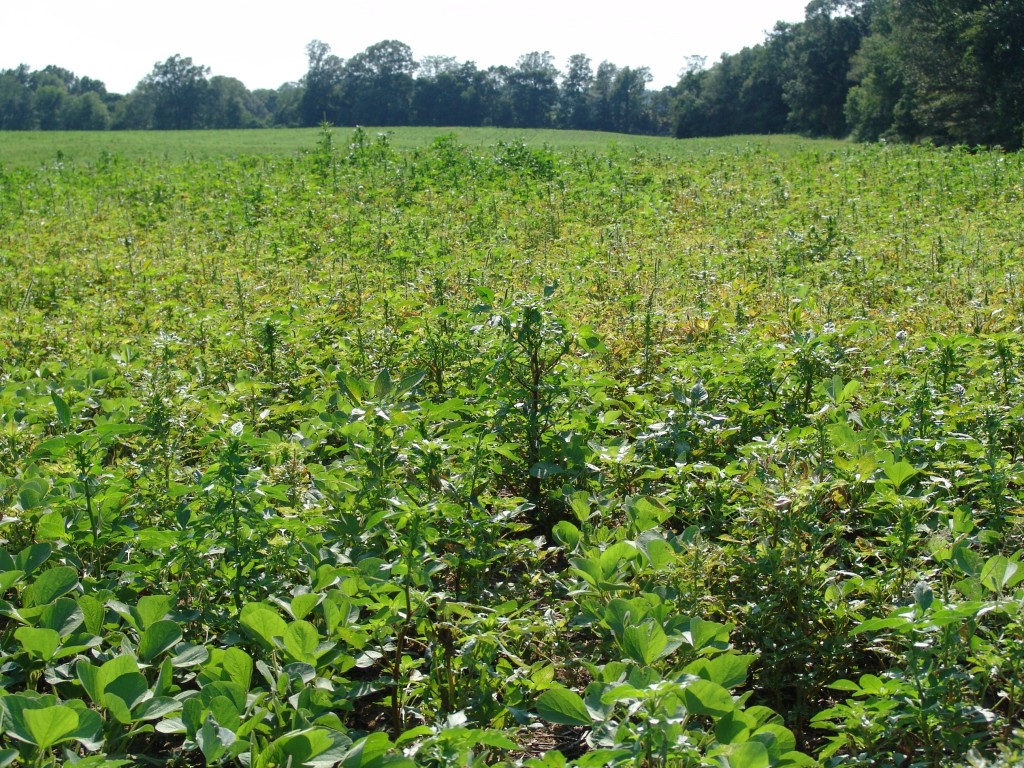
It is apparent from numerous calls that many growers this spring are planning to cut rates on PRE-applied herbicides in soybean and cotton. I can understand the mindset with the depressed commodity prices, however I fear it may be the catalyst for Palmer amaranth history to repeat itself.
Will history repeat itself? I fear it could when one compares 2024 to 2011, the year that glyphosate-resistant Palmer amaranth blew up in Tennessee (Picture 1). There are 3 big similarities in both years.
First, commodity prices back then as now were relatively low resulting in lower rates of PRE-applied herbicides being used and, in some cases, no PRE-applied herbicide being used.
Second, both years saw an increase in soybean and cotton planted acres. In 2011 over 1.9 million acres were planted to those two crops which put more pressure on glyphosate to control Palmer amaranth across a larger acreage. The estimated cotton and soybean planted acres in 2024 is over 2 million acres. As it did in 2011, this will increase the pressure on dicamba to control Palmer amaranth across more acres.
Third, in years leading up to 2011, we saw increasingly sketchy control of Palmer amaranth with glyphosate in many fields. From 2008 to 2010, each year there were more frequent small glyphosate-resistant pigweed patches appearing in fields. Then in 2011 those small patches increased to large areas of fields covered with Palmer amaranth that no rate of glyphosate could control. As with glyphosate back in 2011, we have been seeing sketchy control of Palmer amaranth with dicamba in fields these last few years.
On the positive side, there are a couple of differences in 2024 that may mitigate this problem. First in 2011 we did not have pyroxasulfone (Anthem Max, Authority Edge, Zidua, Zidua Pro, Fierce, etc). That herbicide is the most consistent grass and pigweed residual product on the market. It works well IF YOU DO NOT CUT RATES!!!!
Another difference is glufosinate was not an option in 2011 on our cotton and soybeans. A timely application of Liberty has often done a pretty good job of cleaning up Palmer amaranth that escape dicamba.
The drawback to completely relying on glufosinate is twofold. First, the large increase in acres makes timely application that much more difficult. The other caveat is that glufosinate-resistant Palmer amaranth has been confirmed just on the west side of the Mississippi River and that biotype could already be established on our side of the river. So, relying solely on glufosinate to control Palmer amaranth is not a sustainable plan.
Starting clean and utilizing full rates of overlaying residual herbicides is the last best hope to prolong the shelf life of our POST applied options on Palmer amaranth.

